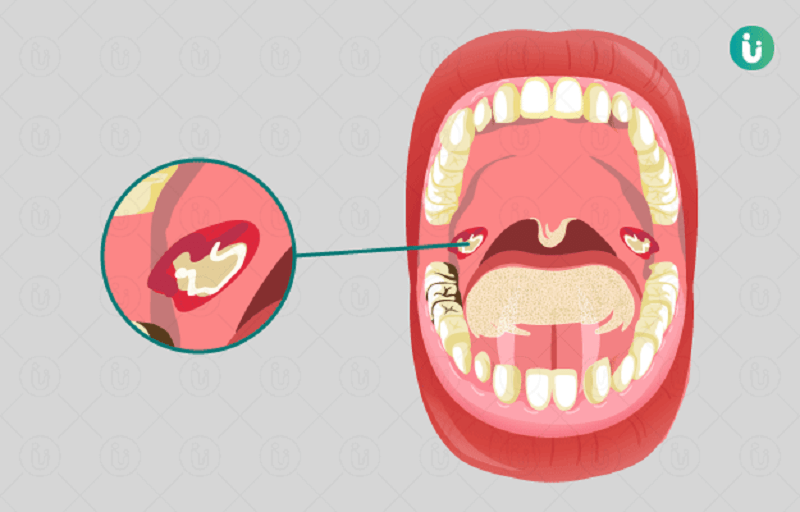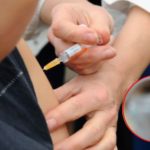Diphtheria: A Growing Concern and How to Stay Safe
What is Diphtheria?
 Understanding Diphtheria
Understanding Diphtheria
Diphtheria is an infectious and potentially fatal disease caused by the bacterium *Corynebacterium diphtheriae*. It primarily affects the throat and upper respiratory tract. According to the World Health Organization (WHO), signs and symptoms typically appear 2–5 days after infection, often beginning with a sore throat and fever.
In severe cases, the bacteria produce a toxin that forms a thick, grayish or white patch at the back of the throat, which can obstruct breathing and cause difficulty in swallowing and a distinctive barking cough.
How is Diphtheria Spread?

Diphtheria is highly contagious and spreads through respiratory droplets when an infected person coughs or sneezes. You can also contract diphtheria by:
– Inhalation: Inhaling respiratory droplets from an infected individual, as diphtheria spreads mainly through the air.
– Direct Contact: Coming into direct contact with infected wounds or bodily fluids, such as through a handshake or touch.
– Indirect Contact: Touching contaminated objects or surfaces and then touching your eyes, nose, or mouth.
Given the ease of transmission, it is crucial to take preventive measures and seek medical attention if you exhibit any symptoms.
Preventing the Spread and Outbreaks

To prevent the spread of diphtheria and protect yourself and others:
– Maintain Distance: Avoid close contact with others, especially in crowded places, schools, or workplaces, if you are infected or showing symptoms.
– Hand Hygiene: Wash your hands frequently and thoroughly. Learn and practice proper handwashing techniques.
– Cover Your Mouth: When coughing or sneezing, cover your mouth and nose with a tissue or your bent elbow to minimize the spread of droplets.
– Seek Medical Attention: If you exhibit any symptoms or have been exposed to someone with diphtheria, consult a healthcare professional and get tested.
The Department of Preventive Medicine reported 12 cases of diphtheria in Dak Nong Province, including one tragic fatality, and one case in Ho Chi Minh City. The Dak Nong Health Department swiftly contained the outbreak through quarantine, disinfection, and tight control measures.
Protect Yourself and Your Loved Ones
Diphtheria is a serious disease, and even with precautions, the risk of infection remains. The Ministry of Health has included the diphtheria vaccine in the National Expanded Immunization Program. It is crucial to get yourself and your children vaccinated to prevent this deadly disease. Adults should also receive booster shots every 10 years for continued protection.



































